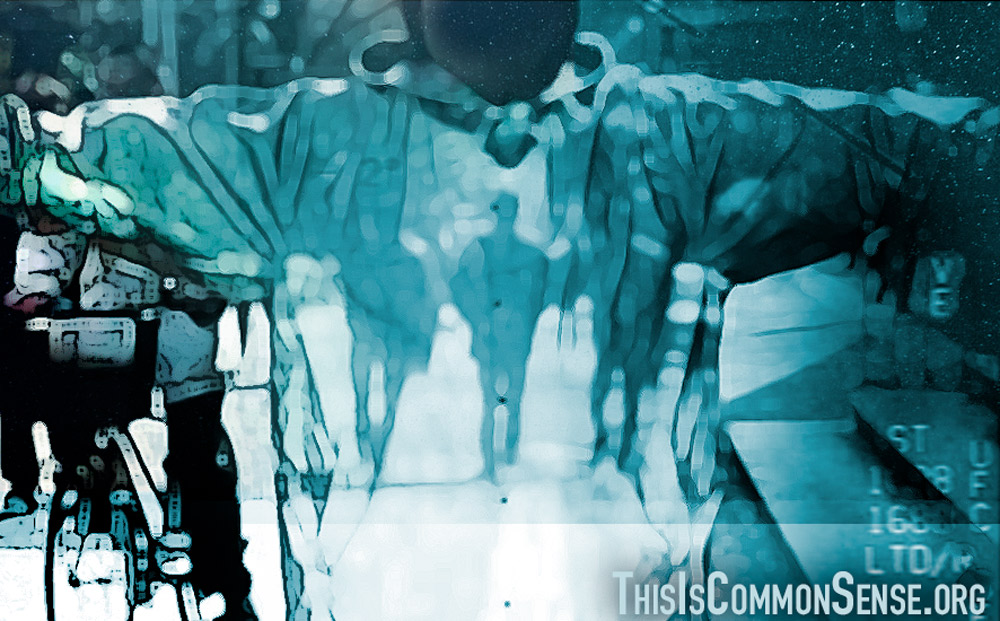Frivolous federal spending: you don’t approve; I don’t approve. Which is why I’m usually on Reason magazine’s side when it comes to government prodigality. But complaining about the money spent by the Pentagon to make sense of the UFO phenomenon misses the bigger story.
In “The Feds Spent $22 Million Researching Invisibility Cloaks, UFOs, and a Tunnel Through the Moon,” Fiona Harrigan sets up the problem: “The 2008 Defense Supplemental Appropriation Act included $10 million for the AATIP [Advanced Aerospace Threat Identification Program] and the 2010 Defense Appropriations Act allotted $12 million, amounting to $22 million over five years. It is unclear how much of that money went toward researching UFOs and how much went toward invisibility cloaks, because how the money was used has been shrouded in secrecy.”
If when I’ve talked about these programs before I didn’t much discuss invisibility cloaks or spintronics and other ancillary aspects of UFO disclosure, it’s because I knew little about them … and neither, I gather, does Ms. Harrigan.
What they all show is the first teensy bit of transparency … on the apparently non-dismissible persistence of aerial phenomena that were dubbed UFOs* by Air Force Captain Edward J. Ruppelt in his 1956 study, The Report on Unidentified Flying Objects.
The military has apparently known about the puzzling reality of this phenomena for a long time. If we are to believe current reports, or past leaked documents like the Twining Memo, the objects observed by the military are (contrary to official statements) real objects intelligently controlled that do not behave according to the laws of physics that we were taught in school.
Ms. Harrigan warns us of a very different irregularity: how the research was contracted under the authorizing legislation.
That sure seems like the lesser story.
The biggest story? Cover-up. Investigation into UFOs couldn’t be done in-house because of the layers of secrecy already in place. Non-disclosure agreements’ and top-level secrecy compartmentalization required outsourcing. We may have to accept some irregularities … the regular methods having led to secrecy of extreme sorts.
The kind that makes the Deep State deep.
And as for invisibility cloaks: they are associated with UFOs, and would obviously be very useful for the military. Besides, cloaking technology is now in use, no longer a mere sci-fi dream.
This is Common Sense. I’m Paul Jacob.
* Ruppelt thought the initials should be pronounced as one word: YOU-foe!
—
See all recent commentary
(simplified and organized)

